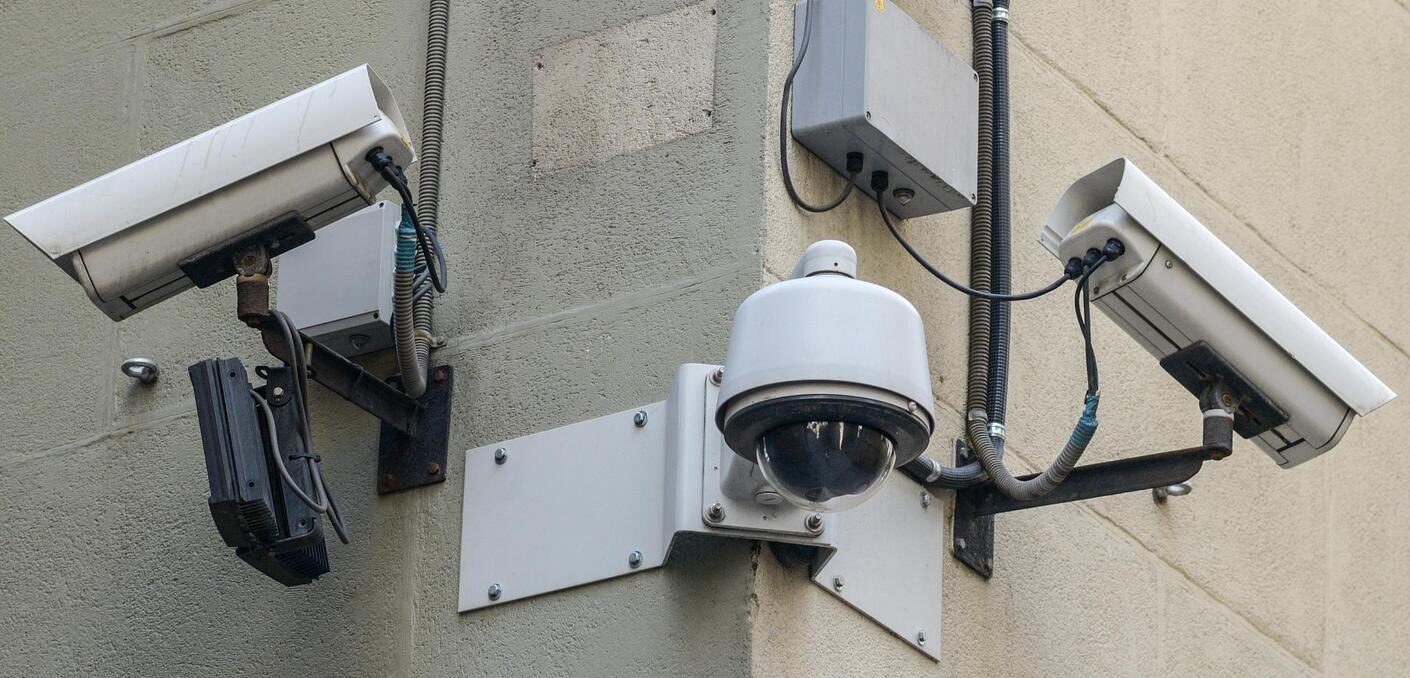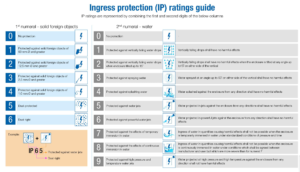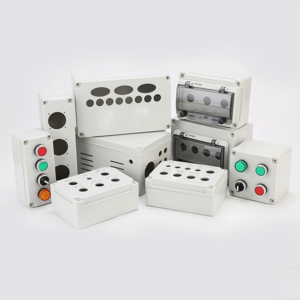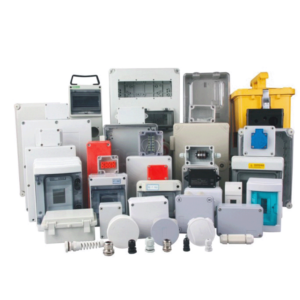Selecting the right waterproof enclosure for outdoor applications is crucial to protect sensitive electronics, sensors, or electrical components from water, dust, UV radiation, and extreme temperatures. Poor choices can lead to equipment failure, safety hazards, and costly replacements. This guide covers key considerations to avoid common mistakes when choosing an outdoor waterproof enclosure.
1.Understanding IP Ratings (Avoiding the Wrong Protection Level)
Common Mistake:
Assuming that a higher IP rating (e.g., IP68) is always better, even when unnecessary.
Solution:
IP65: Protects against water jets (rain, hose spray). Suitable for most outdoor electronics (e.g., CCTV cameras, solar controllers).
IP66: Resists powerful water jets (heavy storms, industrial washing).
IP67/IP68: Submersion-resistant (temporary or continuous underwater use). Only needed for underground, marine, or flood-prone installations.
Avoid Overkill: Higher IP ratings may reduce ventilation, leading to overheating.
2. Material Selection (Plastic vs. Metal – Which One Lasts?)
Common Mistake:
Choosing cheap ABS plastic (cracks under UV) or untreated metal (rusts in humid conditions).
Solution:
Plastic Enclosures:
Polycarbonate (PC): Best for impact resistance and UV protection.
ABS with UV Stabilizers: Budget-friendly but less durable than PC.
Metal Enclosures:
Stainless Steel (304/316): Ideal for corrosive environments (coastal, chemical plants).
Aluminum with Anodizing: Lightweight and corrosion-resistant.
3. Sealing & Gasket Design (Preventing Water Ingress)
Common Mistake:
Relying on low-quality rubber gaskets that degrade quickly.
Solution:
Silicone Gaskets: Best for extreme temperatures (-40°C to 120°C).
EPDM Rubber: Good for general use but less flexible in cold climates.
Check Sealing Design:
Compression latches or screw-down lids ensure tight sealing.
Look for drainage vents to prevent condensation buildup.
4. Thermal Management (Avoiding Overheating Issues)
Common Mistake:
Ignoring heat dissipation in sealed enclosures, leading to device failure.
Solution:
Passive Cooling: Choose enclosures with ventilation slots (if water ingress is not a concern).
Active Cooling: For high-heat devices (e.g., power supplies), use fan-cooled or heat-sink enclosures.
Thermal Pads/Vents: Some IP66+ enclosures allow heat transfer without compromising sealing.
5. Cable Entry & Wiring (Keeping Connections Secure)
Common Mistake:
Drilling holes without proper waterproof cable glands, leading to leaks.
Solution:
Use IP68-rated cable glands (e.g., PG7, PG9, or M20 threaded entries).
Pre-Molded Entries: Some enclosures come with pre-cut holes for easier installation.
DIN Rail Mounting: Helps organize wiring in electrical enclosures.
6. Mounting & Installation (Ensuring Stability)
Common Mistake:
Choosing the wrong mounting style, causing enclosures to loosen or fall.
Solution:
Wall-Mounted: Secure with stainless steel screws and anti-vibration pads.
Pole-Mounted: Use UV-resistant straps or clamps.
DIN Rail (for Electrical Panels): Ensures modular component installation.
7. Environmental Resistance (Beyond Just Waterproofing)
Common Mistake:
Ignoring UV, chemical, or extreme temperature effects.
Solution:
UV Resistance: Look for UV-stabilized polycarbonate (avoid cheap ABS).
Chemical Resistance: Needed in industrial areas (check NEMA 4X or ATEX ratings).
Temperature Range: Standard enclosures handle -20°C to 70°C; extreme climates need -40°C to 120°C models.
8. Size & Expandability (Future-Proofing Your Setup)
Common Mistake:
Choosing a box that’s too small, leaving no room for wiring or upgrades.
Solution:
Internal Space Rule: Enclosure size = (Device volume × 1.5) for wiring and airflow.
Modular Designs: Some enclosures allow stacking or additional compartments.
9. Brand & Certification (Avoiding Low-Quality Products)
Common Mistake:
Buying no-name enclosures that fail within months.
Recommended Brands:
Plastic: Bud Industries, Hammond, Polycase
Metal: Rittal, Hoffman, Pelican (for rugged use)
Certifications: UL94-V0 (fire resistance), CE, RoHS (environmental safety).
Top 5 Mistakes to Avoid
Choosing IP68 when IP65 is enough (wastes money and reduces airflow).
Ignoring UV degradation (ABS turns brittle in sunlight).
Poor cable entry sealing (leads to water seepage).
No thermal management (causes electronics to overheat).
Wrong mounting method (enclosure falls in high winds).
Final Recommendation
Select based on environment (humidity, temperature, chemicals), device requirements (heat, size), and future expandability. Prioritize trusted brands with proper certifications over cheap alternatives. A well-chosen enclosure ensures long-term protection and reduces maintenance costs.





